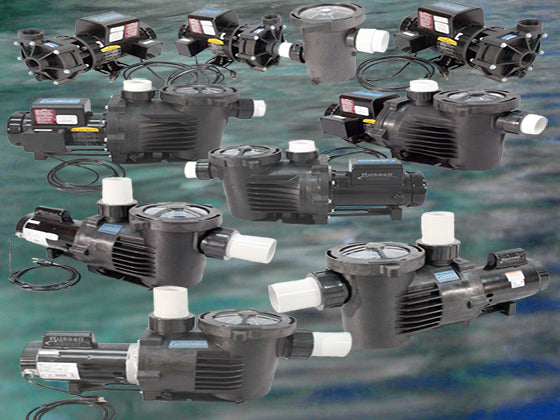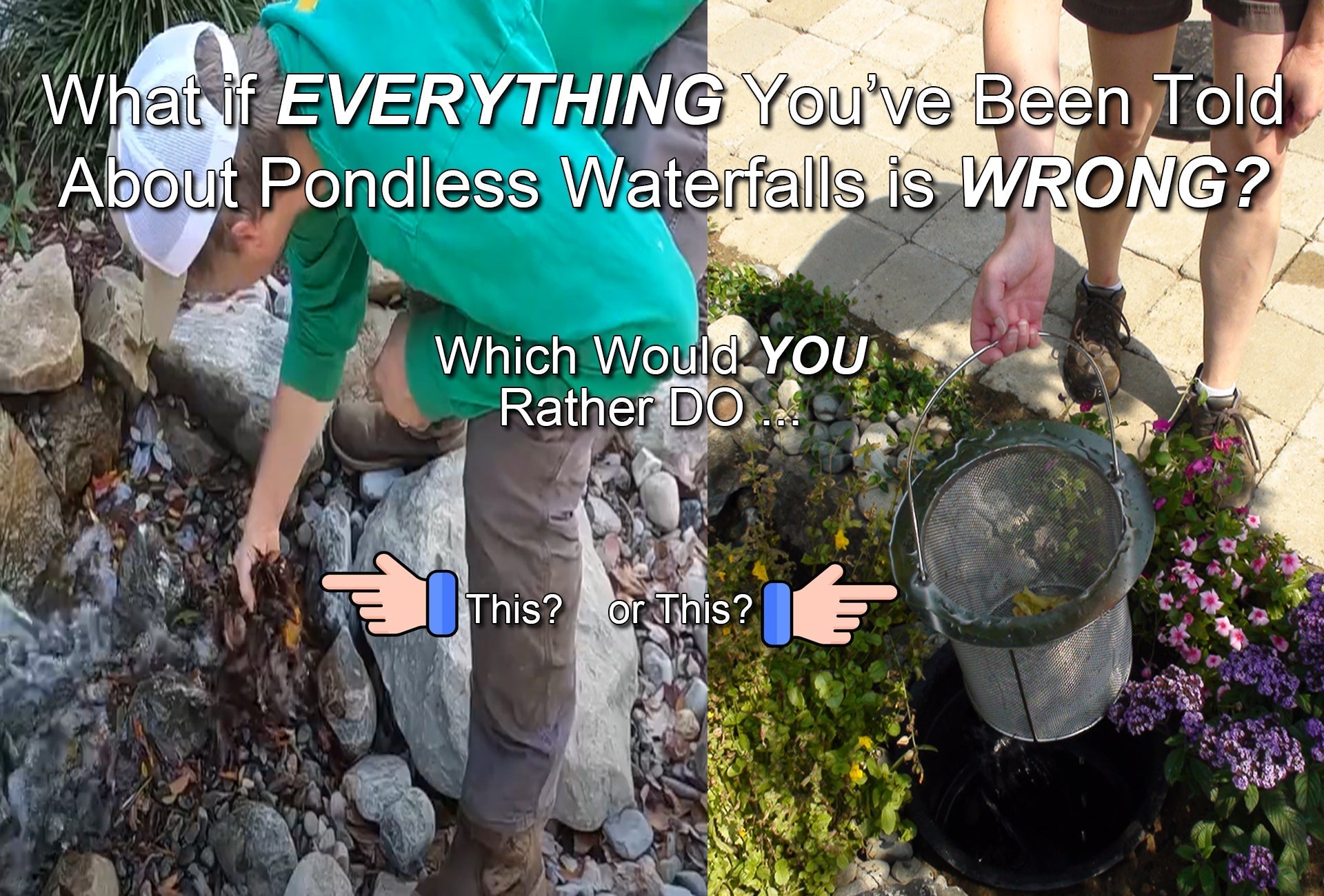10 Tips for taking care of your pond in Winter
Like most everything else in nature, your water feature slows down in winter. Plant foliage dies, fish become dormant and even algae take a break. When colder weather is on the way, there are a few steps to take to help your water feature rest quietly this winter and come back strong next spring.
What will happen to my fish? As temperatures fluctuate, you will likely see your fishes’ movements slow, and they may even lay on the bottom of the pond. This is nothing to worry about. As temperatures rise, they will become more active.
Fishes’ digestive systems will slow down when water temperatures fall to 50 degrees Fahrenheit. Stop feeding your fish at this point to prevent undigested food in their stomach when they go dormant. That could make them sick. They will not starve over the winter. With a pond thermometer handy, you can keep track of your pond’s water temperature. Measure water temperature in the morning.
Use a submerged aeration system to provide fresh oxygen and keep a hole open in the ice so harmful gasses can escape. A submerged aeration system includes a properly sized air pump, air diffuser(s) and air tubing. If the pond surface does freeze, do not break the ice – that may harm your fish. Instead, gently melt some of the ice by pouring warm water over it.
What about my pump and filters?
Definitely plan to winterize the pump and other equipment if you expect freezing temperatures for more than just a few of days. This is where that submerged aeration system comes in handy!
Submersible pumps should be unplugged and removed from the pond or pump vault and stored inside away from freezing temperatures. How do I disconnect my submersible pump from the plumbing? Most likely your pump will be connected to a check valve assembly, or a pipe with a union which can be unthreaded for easy removal.
External pumps should be drained of all water (most have a drain plug you can open), disconnected from the plumbing and stored inside. These pumps also have unions which can be unthreaded to disconnect them from the pipe.
It’s not necessary to drain skimmers or bottom drain pre-filters. Before draining a Koi Pond Filter, backwash it. Open the filter’s bottom drain and allow water to drain out. Disconnect the pipe from the filter’s multi-port valve and make sure all valves are left open. Drain the water from the pipes.
Waterfall filters should be drained as well. Simply open the valve on a Hydro Vortex Backwashable Waterfall Filter’s drain and let the water drain out. Leave the valve open so snowmelt and rain water can escape.
If you have a Pond Skimmer, it isn’t working unless the pump is running. That’s a great reason to keep your pump running if you can. As ice forms on the water feature, the water level in the pond will decrease to form the ice. Icy waterfalls are so beautiful, but be sure to monitor the water level closely and add water as needed so you don’t starve your pump.
To winterize your Automatic Water Fill Valve, turn off the water at the source (usually a hose bib). Gently push the float downward to drain the remaining water from the line.
Beneficial Bacteria & Plants
Use a Fall & Winter Beneficial Bacteria to continue breaking down organic matter through the colder season. Use this instead of the Nitrifying and heterotrophic blends that you use in warmer temperatures.
There are three types of aquatic plants: hardy, semi-hardy, and tropical. Hardy plants are perennial - ones that come back every year. Semi-hardy plants will return in spring if the winter is not too severe. The foliage will die after the first frost but will grow back in the Spring. Simply cut back the foliage to about one inch above the water line. Hardy water lilies will also go dormant after frost. The pads will often sink to the bottom of the pond or get pulled into the skimmer. Hardy aquatic plants will reemerge in spring. Tropical aquatic plants should be considered annuals and be may be removed from the pond after frost.
Don't hesitate to reach out to us if you have any questions! Call (800) 844-9314 or by email: sales@russellwatergardens.com









































